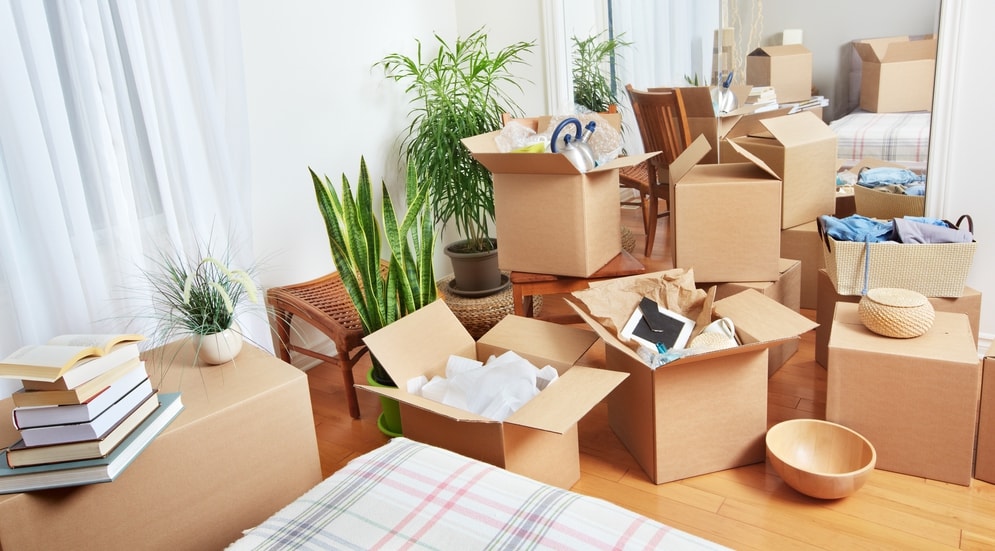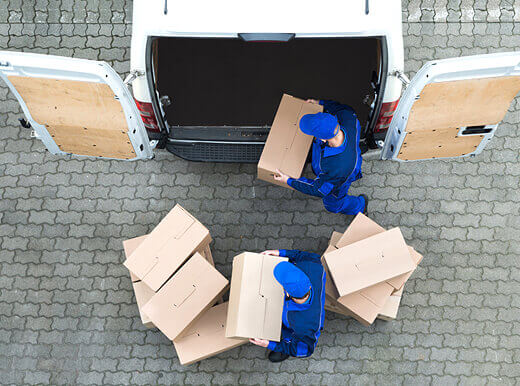Australians love having pets at home. It’s estimated that around 61 per cent of Australian households have at least one pet. That’s a lot of furry friends running around! While most pets are well-behaved, accidents can happen. And when they do, our beloved furniture and belongings usually pay the price.
Some of the most common accidents involving pets include urinating or defecating on furniture or carpets. Pets can also scratch furniture, chew on electric cords, or steal food from countertops.
While most pets are well-behaved, there will always be times when they make a mess or cause damage. That’s why pet-proofing and dog proofing the whole house is essential.
Here Are Some Tips to Help Dog-Proof or Pet-Proof Your Home as Best as You Can:
Keep rubbish bins out of reach.
Pets are often curious about what’s in the rubbish bins, and they may rummage through the trash looking for food or simply knock over the can in their eagerness to get to whatever is inside. To avoid this, keep trash cans in a cupboard or out of the reach of your pet.
What happens when your pets can get their hands (or paws) on your rubbish? They may eat something they shouldn’t, which could make them sick. They may also make a mess, scattering debris all over the house. They can swallow small objects, be exposed to sharp objects, rubber bands, or swallow loose change and other knick-knacks that have already been thrown away.
Avoid using toxic cleaning products.
Many household cleaning supplies contain harmful chemicals that can be dangerous to pets. When cleaning your home, be sure to use pet-safe cleaning products since your pets can quickly come into contact with surfaces that have been cleaned with harmful chemicals.
If you must use toxic cleaning products, keep your pets out of the area while you’re cleaning and ventilate the area well afterwards.
Some harmful chemicals in cleaning products include bleach, ammonia, and vinegar. These chemicals can irritate the skin, eyes, and respiratory system; in severe cases, they can even be fatal.
Put away food and snacks.
Pets often attract food left out on countertops or in open containers. To avoid getting your pet into the garbage or stealing food, put away all food and snacks when you’re done eating.
Remember that pets can consume only certain food items. Chocolate, for example, is poisonous to dogs and can make them very sick. Grapes and raisins can also harm dogs and cause kidney failure.
Block off access to dangerous areas.
Some home areas, such as stairwells, balconies, and pools, can be dangerous for pets. To keep your pet safe, block off access to these areas, and the best way to keep these areas off-limits is to install pet gates and childproof latches.
Small spaces and high shelf are also dangerous items for a puppy or cat so make sure your living room is safe for them at all times.
Baby-proofing products can help keep curious pets away from trouble.
Physical barriers in the house like child gates can help keep pets out of certain areas. Safety gates can also be used to gate off a fireplace or stairs. Keep pets out of the trash can and away from the stove in the kitchen. Use cabinet locks to keep pets from getting into things they shouldn’t. If you don’t have one, always keep cabinets closed so small animals like cats don’t get inside them.
Keep pets off the furniture in the living room and away from delicate items.
Pet-proofing your garden is a must.
One reason to keep pets out of the garden is that they may disturb or destroy plants. Pets may also get into compost piles and spread compost around the garden. If you have a garden, it is best to keep pets out of it.
Another reason to keep pets out of the garden is that they may attract other animals. For example, if you have a bird feeder in your garden, cats may be attracted to it and chase away the birds.
When dog-proofing your garden, you can:
– build a fence around the perimeter of the garden
– put a gate at the entrance to the garden
– keep doors and windows leading into the garden closed
– train your pet not to go into the garden
Additionally, some plants and flowers are not good for pets. If you have these in your garden, keeping them out of reach of pets is best. Some examples of these plants include:
– lilies
– tulips
– daffodils
– hyacinths
– amaryllis
ZZ plants, aloe vera, bamboo, and cacti are not good for pets. If you have these plants in your house, keeping them out of reach of pets is best.
Make sure your pets don’t play in the garage.
The garage is another housing area where pets should not be allowed to play. There are many potential hazards in the garage, such as:
– chemicals
– paint
– cleaners
– tools
Additionally, the garage is often a place where people work on cars. This can be very dangerous for pets, as they could get hurt by car parts or chemicals.
To keep pets out of the garage, you can:
– keep the door to the garage closed
– put a gate at the entrance to the garage
– train your pet not to go into the garage
Pets should also not be allowed in the laundry room.
The laundry room is another area of the house with potential hazards for pets. These hazards include:
– washing machines
– dryer
– detergent
– fabric softener
Your pets can also get into the laundry and make a mess. To keep pets out of the laundry room and it slippery floor, you can:
– keep the door to the laundry room closed
– put a gate at the entrance to the laundry room
– train your pet not to go into the laundry room
Bathrooms and tubs are other areas where pets should not be allowed.
There are many potential hazards in the bathroom and tub, such as:
– toilets
– cleaning products
– shampoo
– soap
The bathroom can also be slippery and dangerous for pets. This is why, for man’s best friend and your favourite cat, it essentially keeps the toilet lid closed. Cats can tug at the cords of the hair dryer and cause an electrical shortage in the bathroom. They can also damage small items in our vanity. Worse, if they reach the medicine cabinet in the bathroom, they get exposed to toxic medicine.
A new dog or new puppy might slip and fall into the toilet bowl. So keep the toilet lid closed at all times so your pup does not accidentally fall in.
The pool area should be off-limits to pets.
Pets may love to swim in your happy home, but pools can be extremely dangerous for dogs and other animals. Not only is there a risk of drowning, but the chemicals in pool water can also harm the health of your dogs.
To keep your dogs safe, ensure that all doors and gates leading to the pool area are locked safely and securely. You may also consider installing a fence around the pool’s perimeter in your yard.
What is a Safe Place for Pets Inside the Home?
After we’ve covered all the places in your home that are off-limits to pets, you may wonder what a safe place for them is. A good rule of thumb is to create a small space in the house just for your pet. This space should be away from potential hazards and have everything your pet needs, such as food, water, toys, and bedding.
You should also consider their needs when creating a safe space for your pet. For example, if you have a dog, they may need a place to run and play. If you have a cat, they may need a place to perch and watch the world go by.
No matter what type of pet you have, creating a safe space for them in your home is important. By doing so, you can help to keep them healthy and happy. These tips will also keep your home safe and away from toxic elements.



